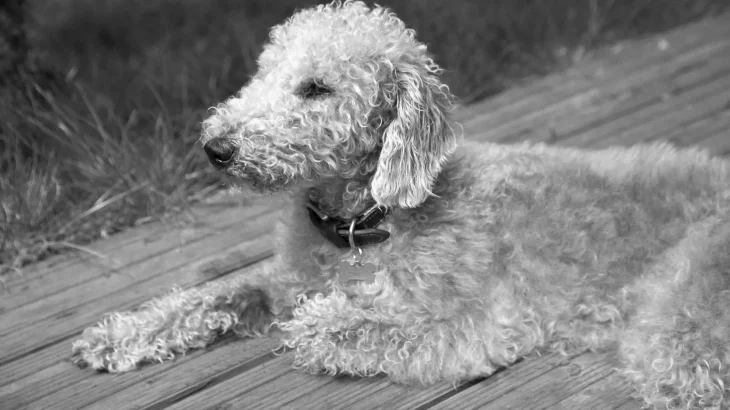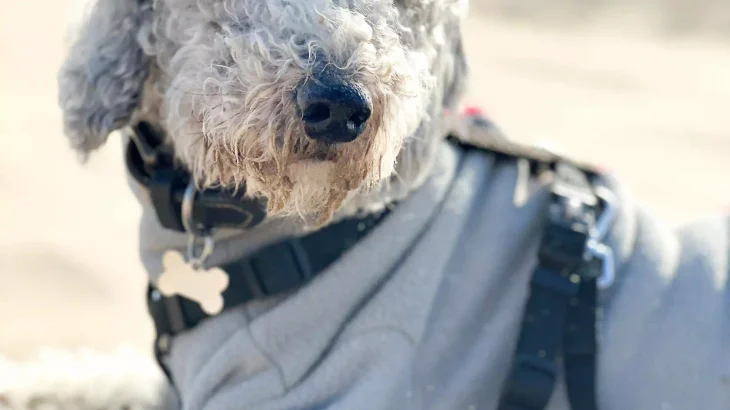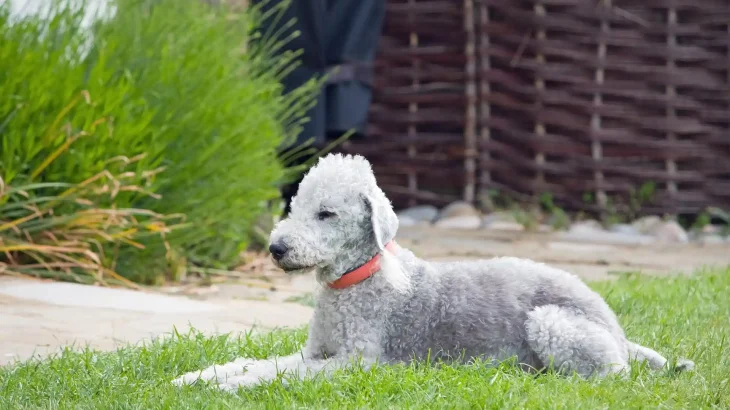Deciding between adopting or purchasing a Bedlington Terrier puppy involves weighing the predictability of health and pedigree against the opportunity to provide a loving home to a dog in need. Buying from a breeder often means clearer insight into the puppy's genetic background, while adoption might offer more variety in age and temperament but less certainty on lineage.
Adoption vs. Breeder: Pros & Cons
| Criteria | Buying from Breeder | Adopting from Shelter/Rescue |
|---|---|---|
| Cost | Typically higher (often $1,000 to $3,000) due to breed purity and pedigree. | Generally lower adoption fees ($100-$300), sometimes including medical care. |
| Health History | Breeders usually provide detailed health screenings and genetic history. | Health background may be limited or unknown; shelters perform basic health checks. |
| Age Availability | Primarily puppies, allowing early bonding and training. | Various ages available, including adults needing new homes. |
| Temperament Insight | Breeders can share temperament traits of the lineage. | Shelter staff can offer behavioral observations, but full history may be unclear. |
| Supporting Practices | Supports responsible breeding when choosing ethical breeders focused on health. | Supports animal welfare by rescuing dogs and reducing shelter overcrowding. |
| Risk of Genetic Disorders | Lower when buying from reputable breeders with genetic screening. | Possibility of unknown genetic issues due to uncertain background. |










































